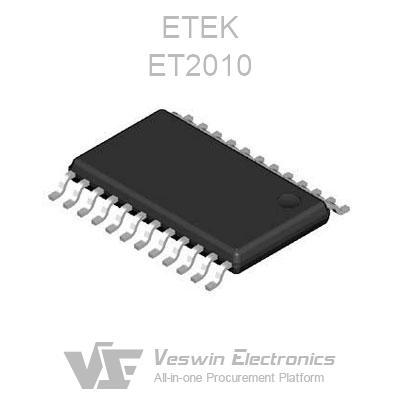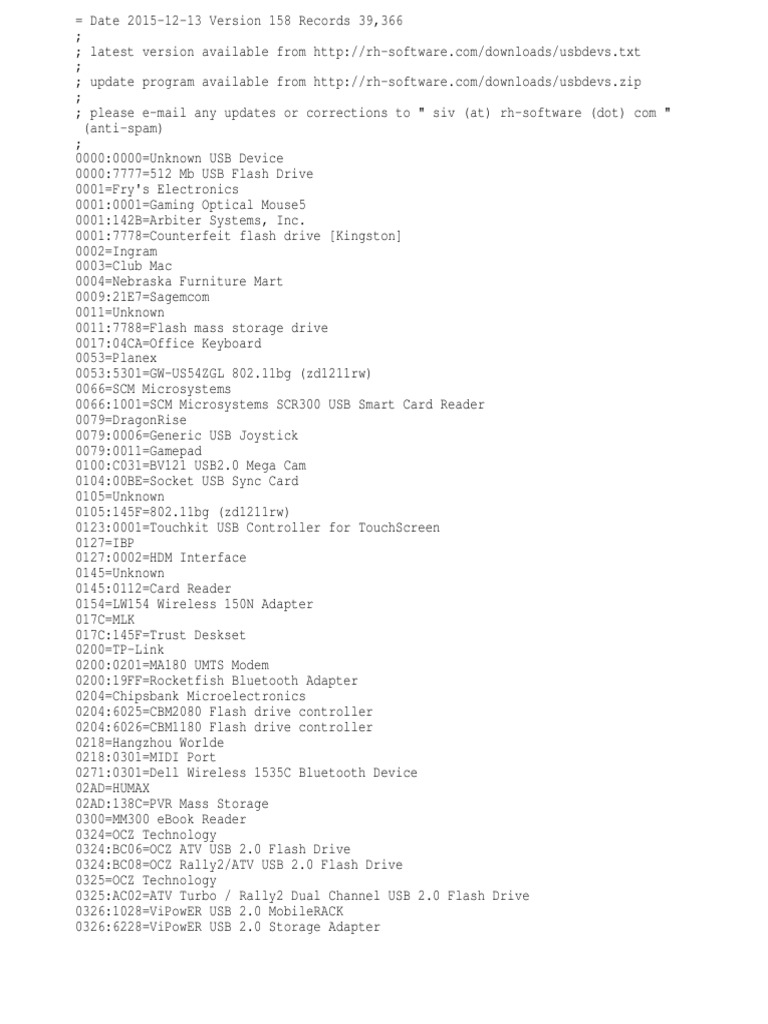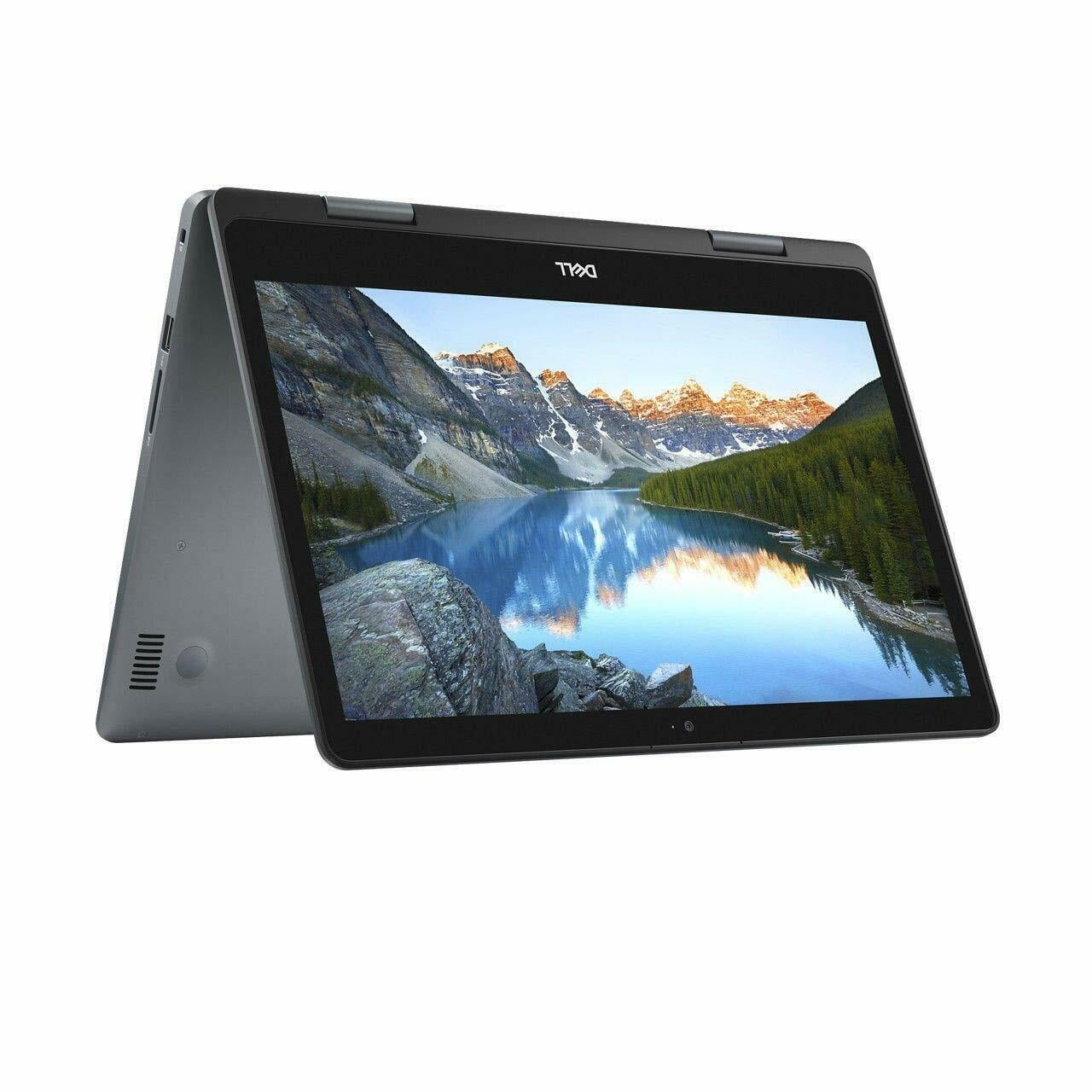
Welcome to Creative, the worldwide leader in digital entertainment and famous for its Sound Blaster sound cards, Speakers and more. UZB is the smallest Z-Wave USB stick in the market. This USB stick connects a PC or any other computing platform with USB interface to a wireless Z-Wave network. A controller software compatible to the Silicon Labs Z-Wave Serial API (for example Z-Way) is required to use the functions of the device.This software plus this UZB realise a static controller to manage and use Z-Wave devices of.
| Hardware - Install a Printer as a Local Port Device |
| Applies to: Windows 10, 8.1, 8, 7, Vista and XP |
How do I install a printer as a Local Port device?
Solution:

Use the instructions below to install the printer using a Local Port on the given operating system.
NOTE: These instructions assume the following:
- The printer is already shared from the computer that is hosting it. See How to Share a Printer- FAQ 38545 for more information.
- That you have downloaded the proper drivers for the printer model you are installing.
- That you are able to access the shared resources on that computer without being prompted for login credentials. If you cannot access the hosting PC without providing credentials, correct that issue before proceeding.
- You have ensured the printer is shared and security is set to Everyone with Full Control.
Click the + or the header to expand the section.
To install a printer locally on Windows 10, follow these steps:
- Right-click on the Windows logo in the bottom left of the screen. Select Search.
- Search for Control Panel. Select it from the search results.
- Find Devices and Printers in the Control Panel and open it.
- Click Add a Printer (on the top).
- A window will come up that is searching for printers on the network. Click Stop, then click The printer I want isn't listed.
- Click Add a local printer or network printer with manual settings. Click Next.
- Click Create a new port. Select Local Port for Type of port.
- In the Port Name box, type the path to the printer in the following format, where server is the name of the print server and printer is the share name of the printer (e.g. serverprinter). Click OK.
- Select the printer model and driver. Click Next. If the exact model isn't listed, click Have Disk and browse to the location where you earlier extracted the drivers.
- Follow the rest of the wizard. When prompted to share the printer, select Do not share this printer.
NOTE: Printers should only be shared from ONE computer, preferably the computer it is connected to via USB.
To install a printer locally on Windows 8.1, follow these steps:
- Right-click on the Windows logo in the bottom left of the screen. Select Control Panel.
- Find Devices and Printers in the Control Panel and open it.
- Click Add a Printer (on the top).
- A window will come up that is searching for printers on the network. Click Stop, then click The printer I want isn't listed.
- Click Add a local printer or network printer with manual settings. Click Next.
- Click Create a new port. Select Local Port for Type of port.
- In the Port Name box, type the path to the printer in the following format, where server is the name of the print server and printer is the share name of the printer (e.g. serverprinter). Click OK.
- Select the printer model and driver. Click Next. If the exact model isn't listed, click Have Disk and browse to the location where you earlier extracted the drivers.
- Follow the rest of the wizard. When prompted to share the printer, select Do not share this printer.
NOTE: Printers should only be shared from ONE computer, preferably the computer it is connected to via USB.
To install a printer locally on Windows 8, follow these steps:
- Move your mouse to the lower-right to bring up the Charms bar, or press Windows key + C.
- Click on the Settings gear, then click Control Panel.
- In Control Panel, open Devices and Printers.
- Click Add a Printer (on the top).
- A window will come up that is searching for printers on the network. Click Stop, then click The printer I want isn't listed.
- Click Add a local printer or network printer with manual settings. Click Next.
- Click Create a new port. Select Local Port for Type of port.
- In the Port Name box, type the path to the printer in the following format, where server is the name of the print server and printer is the share name of the printer (e.g. serverprinter). Click OK.
- Select the printer model and driver. Click Next. If the exact model isn't listed, click Have Disk and browse to the location where you earlier extracted the drivers.
- Follow the rest of the wizard. When prompted to share the printer, select Do not share this printer.
NOTE: Printers should only be shared from ONE computer, preferably the computer it is connected to via USB.
Etek Labs Port Devices Driver Ed
To install a printer locally on Windows Vista and 7, follow these steps:
- Click Start | Devices and Printers.
- Click Add a Printer (on the top).
- Select Add a local printer.
- Select Create a new port. Select Local Port for the Port Type. Click Next.
- In the Port Name box, type the path to the printer in the following format, where server is the name of the print server and printer is the share name of the printer (e.g. serverprinter). Click OK
- Select the printer model and driver. Click Next. If the exact model isn't listed, click Have Disk and browse to the location where you earlier extracted the drivers.
- Follow the rest of the wizard. When prompted to share the printer, select Do not share this printer.
NOTE: Printers should only be shared from ONE computer, preferably the computer it is connected to via USB.
To install a printer locally on a Windows XP-based computer, follow these steps:
- Go to Start |Control Panel |Printers and Other Hardware |Printers and Faxes.
- Double-click Add Printer to start the Add Printer Wizard. Click Next.
- Click Local printer. Clear the Automatically detect and install check box. Click Next.
- Click Create a new port. Click Local Port in the Port type section.
- In the Port Name box, type the path to the printer in the following format, where server is the name of the print server and printer is the share name of the printer: serverprinter.
- Click Next. Select the driver for your printer. If the driver is not listed, click Have Disk and browse to the location where you earlier extracted the drivers.
- Click Next, and then follow the instructions to finish the wizard. When prompted to share the printer, select Do not share this printer.
NOTE: Printers should only be shared from ONE computer, preferably the computer it is connected to via USB.

Printed copies of this document are considered uncontrolled.
21672.Rev006 01.06.2021
Why is my Thunderbolt 3 device not recognized?

To troubleshoot the scenario where a Thunderbolt 3 device is not recognized properly, we suggest checking following items:
- Make sure that both the computer and the device are turned on and that the Thunderbolt 3 device is connected to the computer via the Thunderbolt interface.
- Disconnect and re-connect the Thunderbolt cable and/or restart the computer.
- Use the Thunderbolt 3 cable that was included. If you own a second cable, test both to rule out any problems with the cable.
- Confirm that your computer supports Thunderbolt. If it has a USB-C port but only supports USB, the Thunderbolt device won't work.
- For Windows PCs, update the BIOS of your computer.
- For Windows PCs, update the Thunderbolt firmware (NVM) on your computer.
- For Windows PCs, update the Thunderbolt software (driver) on your computer.
- For Windows PCs, when you connect a new device for the first time, you might have to approve the device. Select 'Always Connect'.
- For Windows PCs, if the device is recognized at first but disconnecting and re-connecting fails, install the device driver for Windows.
- For Windows PCs, if the device is no longer recognized after upgrading your operating system (e.g. from Windows 7 to Windows 10), uninstall the Thunderbolt software and re-install the latest version, even if it's the same version.
Etek Labs Port Devices Driver
When updating the driver and firmware for your computer, make sure to follow the instructions of the manufacturer. In some cases, it's necessary to update the firmware in a certain order (e.g. update BIOS first, Thunderbolt software second and Thunderbolt firmware last). We recommend temporarily disconnecting the external Thunderbolt device when doing the BIOS and firmware update on your computer.
To check the current firmware and driver version of your system, connect your Thunderbolt 3 device to your computer and right-click on the Thunderbolt icon in the taskbar. For older versions of the Thunderbolt Software, select 'Settings' and open 'Details'. For newer versions of the Thunderbolt Software, select 'About'. Under normal circumstances, you should be able to see your attached device and the current version of the software, application and the driver as seen below.
You can also check this website at https://thunderbolttechnology.net/updates to see if there are any updates for your computer.
If none of the above helps or you believe the product is defective, please submit a ticket on our help desk for further help.
